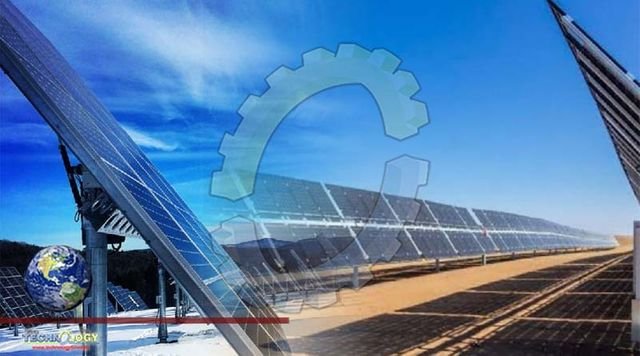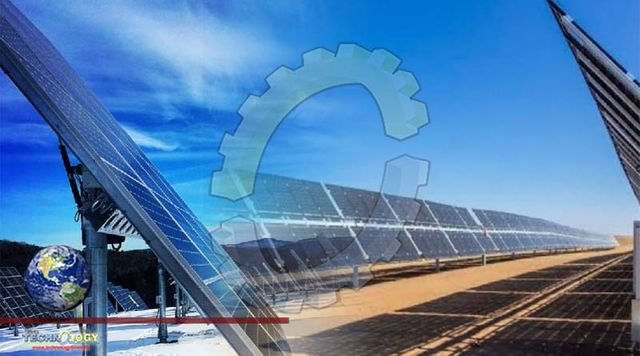Snow losses could be cut from double digits to just 2% on an annual basis by using bifacial solar modules instead of monofacial panels, according to researchers at Western University in Canada.

As solar costs have dropped, it now makes economic sense to implement them even in the deep north, yet there is concern about the effects of snow on energy generation. While solar panels operate best in colder temperatures, panels covered in snow will generate less energy, known as snow loss. A study conducted at Western University in Ontario, Canada, shows how to beat snow losses using solar energy systems.
The difference between bifacial and monofacial modules is that bifacial modules absorb light from the front and back, while monofacial only collect sunlight on the front. The study analyzed snow losses on these two types of systems using hourly data including energy, solar irradiation and albedo, the measure of the diffuse reflection of solar radiation.
The researchers found by using bifacial solar modules instead of trading monofacial, snow losses could be cut from double digits to just 2% on an annual basis. The bifacial solar installation had a 19% gain largely from the reflection of the snow compared to the traditional monofacial systems.
The study was conducted at a pair of solar arrays that used both monofacial and bifacial modules, and data was generated in both summer and winter to determine snow loss. A camera was aimed at each of the arrays to track snow cover. A total of 4,826 images were analyzed for each module from November 2020 to March 2021. Each day 32 images were taken at 15-minute intervals. The researchers used image processing to identify and quantify the snow cover on each module automatically.
The researchers used this information to figure out what the impact of snow was on both arrays when we coupled it with the pyranometer data and energy values coming off the modules, according to Joshua Pearce, lead researcher and John M. Thompson Chair in Information Technology and Innovation at Western University’s Thompson Centre for Engineering Leadership and Innovation.
The two major results of this study are that 1) bifacial essentially crush snow losses because they help clear modules much faster than traditional modules, and 2) bifacial modules get a major bump in the winter from snow albedo. The results found monofacial snow losses are in average 33% for winter period, and 16% on an annual basis.
Bifacial systems perform better than monofacial in severe winter conditions as average winter snow losses was 16% and the annual losses were 2% in the worst-case scenario. In addition, there was a bifacial gain of 19% compared to monofacial system during winter.
“Preliminary results suggested bifacial systems performed better, but this study has put the nail in the coffin for monofacial systems in the northern United States and Canada. It is clear all northern solar farms should be using bifacial PV,” said Pearce. The paper was published in Renewable Energy. It comes with free software so anyone can replicate the experiment or do other type of snow-PV study using a single camera monitoring of their own.
A previous study, conducted two years ago at Sandia National Labs, looked at bifacial modules and trackers and found that bifacial modules overall produced 14% more energy than monofacial modules, in addition to the estimated 35% to 40% boost provided by dual-axis trackers.
Source: This news is originally published by pv-magazine
